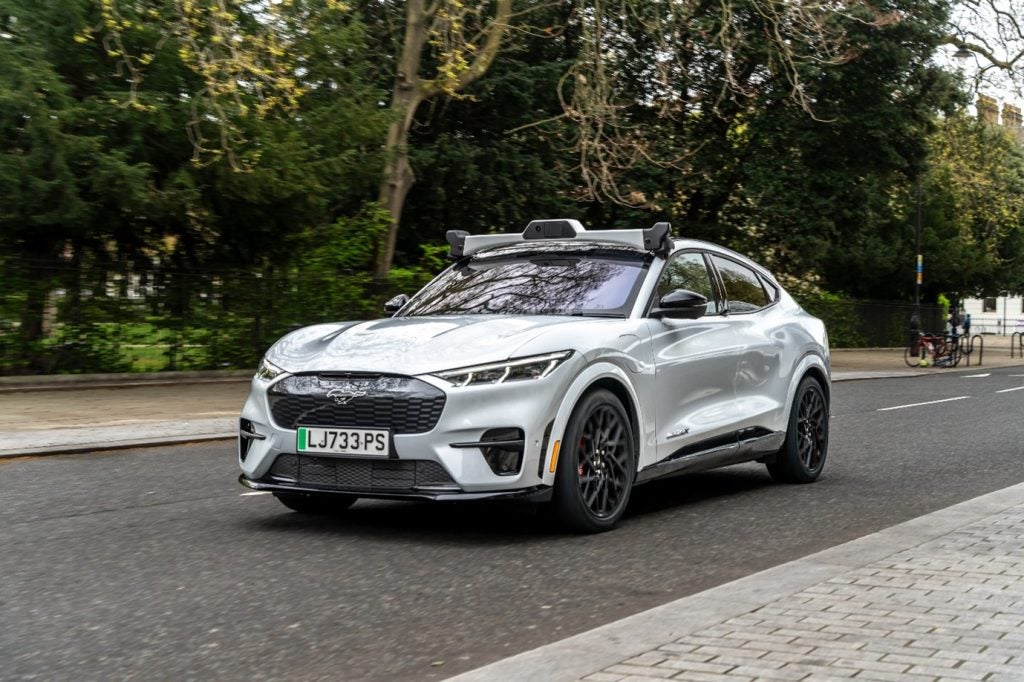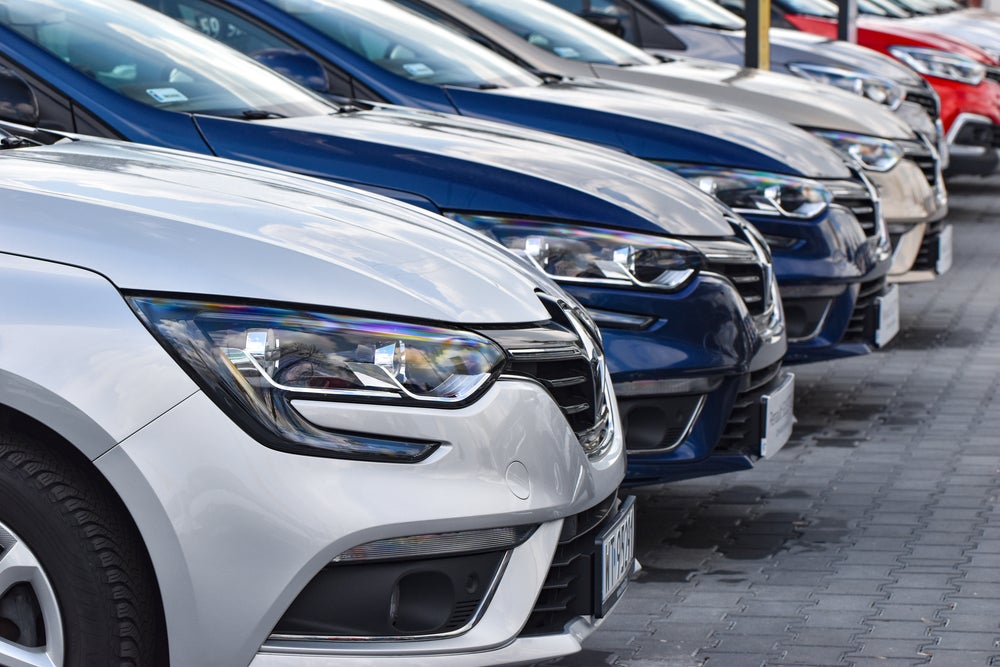The battle for diesel supremacy in Europe is about to heat up with key automakers
planning to launch smaller sized engines.
Analysts Frost & Sullivan reported the growing trend towards ‘dieselisation’
across Europe at the beginning of 2000. Most of it has come true, with demand
outstripping supply. Overall, there has been a need to increase production.
Frost & Sullivan expect diesel engines to take as much as 35 percent of
the Western European market by the end of 2002 and show quantum leaps in countries
which have traditionally preferred petrol.
This has necessitated some key strategic decisions by automakers, notably the
advent of common rail injection systems, the growing prevalence of turbocharged
engines and the 100 percent penetration of exhaust gas recirculation (EGR) in
cars and sports utility vehicles (SUVs).
The commercial vehicle sector has yet to fully use EGR.
But the fun starts now. European automakers are taking the diesel war a step
further by developing smaller and smaller diesel engines. Cubic capacities have
been reduced down to as far as 600cc. A notable example is the new 800cc turbo-diesel
engine for the Smart car, which can arguably lay claim to being the world’s
smallest passenger car diesel.
How well do you really know your competitors?
Access the most comprehensive Company Profiles on the market, powered by GlobalData. Save hours of research. Gain competitive edge.

Thank you!
Your download email will arrive shortly
Not ready to buy yet? Download a free sample
We are confident about the unique quality of our Company Profiles. However, we want you to make the most beneficial decision for your business, so we offer a free sample that you can download by submitting the below form
By GlobalDataFiat is also on the development path with a new four cylinder 1.2 litre turbocharged
engine for the baby Seicento, its bigger brother the new Punto, and the Lancia
Y replacement.
In June last year, Fiat claimed to be the first diesel manufacturer to have
produced a turbocharged engine below 300cc.
The gauntlet has been laid down; VW is known to be working on a sub-one litre
engine, which apparently has only two cylinders with the same diameter as their
present 1.2 litre engine.
It gets more complicated. Japanese companies, late entrants into the diesel
market, are now threatening to capture this "mini-diesel" niche.
Toyota has recently announced that it will use mini-diesels for its Yaris/Vitz/Echo
supermini range. News reports suggest that Toyota is targeting exports of up
to 100,000 mini diesels in Europe.
Recent studies by Frost & Sullivan show that the main driver behind the
accelerated growth of ‘dieselisation’ in smaller cars is the enhanced fuel efficiency
of diesel engines.
Customers of small cars are highly price-sensitive to both the capital cost
of the vehicle and the running costs. Replacing petrol engines with highly effective
low-cost diesel power plants will allow consumers to unlock the potential for
lower operating costs.
There is also a growing trend in the market towards turbocharged direct injection
(DI) engines. Turbochargers are attractive for small performance car manufacturers
like VW and DaimlerChrysler.
For companies like Fiat, it is not seen as an attractive option due to price
considerations (unless in niche applications).
As manufacturers reduce the engine compartment size while making room for passenger
convenience, the importance of smaller sized engines and their packaging space
is growing.
Original equipment manufacturers view positively the use of turbochargers to
reduce the power to weight/space ratio of engines.
Frost & Sullivan estimates further growth in diesel engine penetration
in Europe in 2001, especially in Italy and France (where diesel cars are already
very popular).
The strategy for success for automakers is to have low cost, high performance
diesel engines across the complete range of cars.







